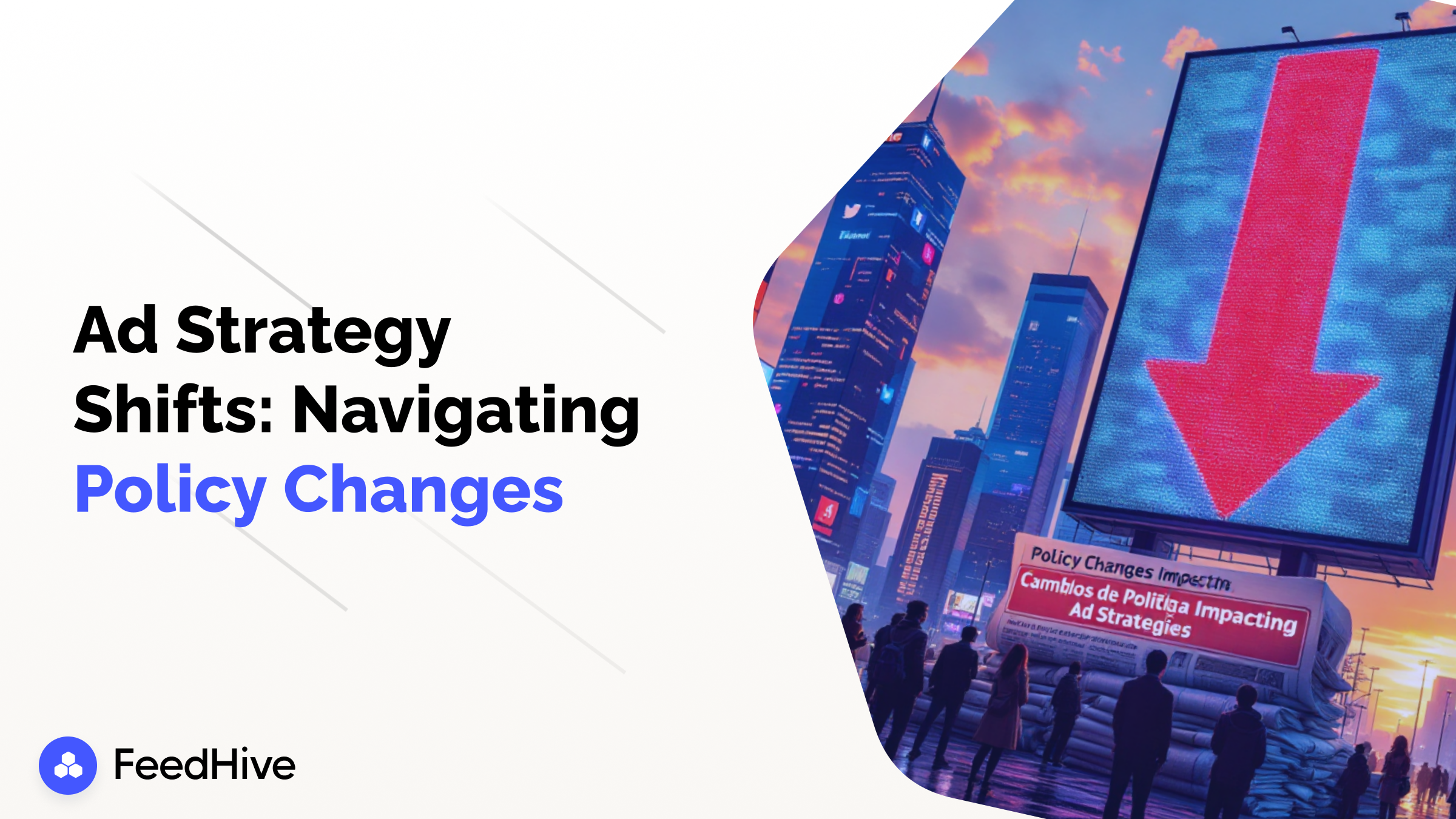
The evolving digital advertising landscape presents both challenges and opportunities. Companies must now navigate sudden policy changes and shifting cost dynamics that impact advertising budgets across industries. In this post, we examine the trends, case studies, and strategies that can help businesses adapt successfully.
Recent shifts in digital advertising illustrate a marked transformation in how brands allocate their budgets. Changes in policy, notably those affecting tariff exemptions on shipments under $800 from China and Hong Kong, are reshaping the operational costs for many companies. These adjustments have led advertisers to re-evaluate their strategies, reduce spending on traditional digital channels, and consider alternative methods to maintain market reach. Marketers now must be more resourceful, seeking out innovative approaches to overcome the challenges posed by increased costs and evolving consumer behaviors. Strategies such as exploring emerging social platforms and partnering with social media management tools like FeedHive can streamline multichannel campaigns and optimize spend efficiency.
The recent end of tariff exemptions has caused considerable ripple effects in the digital advertising realm. This policy change has not only increased the operational costs for companies relying on cheap shipping from China but has also indirectly influenced their marketing budgets. With increased prices on shipments, companies must now divert funds from advertising to offset rising costs. This realignment forces marketers to carefully consider how and where they allocate their limited budgets, especially on platforms like Facebook, Instagram, TikTok, and YouTube. Analysts emphasize that understanding these policy shifts is vital; companies must now navigate the regulatory and economic landscapes that directly affect their advertising strategies. CNN Business provides a robust overview of how such regulatory changes can leverage shifts in cost structures for major digital advertisers.
Two prominent examples of companies adjusting to these changes are Temu and Shein. In response to the increased costs resulting from the end of tariff exemptions, both companies have drastically reduced their digital advertising spend.
These case studies underscore a broader trend where retail and digital marketing strategies must quickly adapt in the face of new economic realities, often requiring both short-term adjustments and long-term strategic shifts.
The direct impact of policy changes extends into pricing strategies and overall budget allocations for advertising. For companies like Temu and Shein, the sudden increase in shipping costs compels them to make tough decisions regarding their marketing expenditures. Advertisers are now in a position where budget cuts are not merely about cost savings but about rebalancing spending to safeguard margins.
This budget reallocation represents a significant shift in mindset for digital advertisers—where traditional heavy spending on ad campaigns may now give way to more focused and strategic investments aimed at maintaining customer engagement without overspending.
The reduction in advertising budgets by significant players not only affects individual companies but also has a broader impact on the advertising market, particularly for tech companies that depend heavily on ad revenue. For instance:
Understanding these broader implications helps industry leaders pivot their strategies in real time, mitigating risks associated with shifting market dynamics and ensuring that their solutions remain relevant and effective.
To navigate these evolving conditions, businesses in digital advertising need to employ several key strategies:
By embracing agility and leveraging innovative tools and channels, businesses can stay ahead of industry shifts and turn challenges into opportunities for growth.
As digital advertising becomes increasingly influenced by external policy changes and economic factors, businesses are compelled to rethink and adapt their strategies. The examples of Temu and Shein illustrate the immediate challenges posed by tariff policy changes—a 31% and 19% drop in their U.S. ad spends, respectively, signal broader uncertainties for digital advertisers. Meanwhile, tech companies dependent on ad revenue must brace for further shifts as industry dynamics evolve.
Adopting agile, diversified advertising approaches—with a focus on data-driven decision-making and customer-centric strategies—can help companies mitigate risks and leverage new opportunities. In an uncertain advertising landscape, thoughtful adaptation is the essential key to continued success and competitiveness.